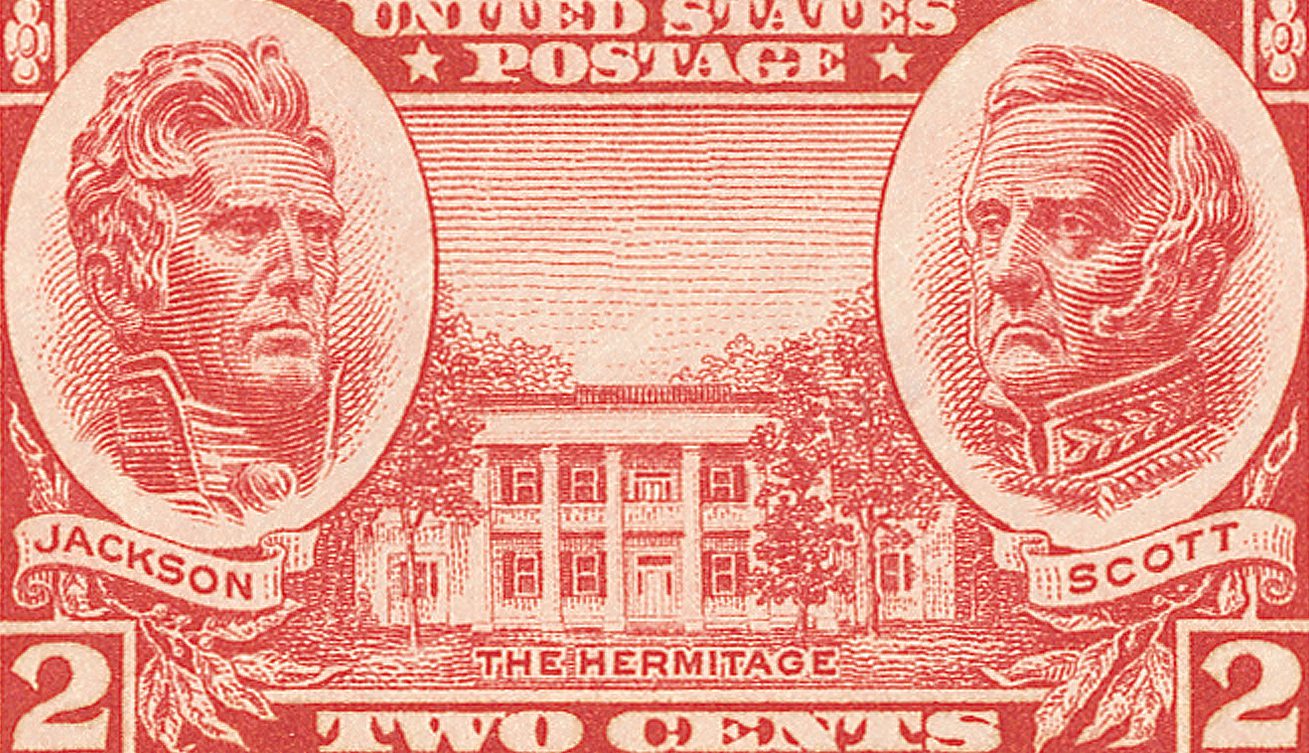U.S. Troops Committed to Korean War
On June 27, 1950, President Harry Truman announced that America would send troops to aid South Korea. It marked the start of US involvement in a conflict that to date hasn’t formally ended because no peace treaty has been signed.









